Flashlights for firearms find wide use not only in the tactical area, but also in hunting or even in personal defense. What is special about the ones that can be combined with long firearms?
Specific control
Flashlights for long firearms are usually larger than models designed for short ones. They can also have a higher luminous flux, which means more light, but this is definitely not the rule. The specific feature of flashlights for long firearms is their control. While with a pistol you have a flashlight right at hand and you can easily control it via a rocker switch, with a rifle or other longer weapon you have to help yourself in a different way.
A large part of such flashlighs are therefore equipped with a switch in their rear part (sometimes also referred to as a so-called heel switch), which you only need to press. Alternatively, you can purchase a pressure switch on the cable (sometimes even included in the package), which you simply attach to the cable guide of the gun and place the end near the hand that holds the barrel of the gun. There are basically two options for flashlights for long firearms – either the light is on only for the time you have the switch pressed (momentary-on) or constantly.
Mounting on a rail
The advantage of flashlights for long firearms is the fact that there is often an integrated mounting directly on their body, which is universally compatible with, for example, Picatinny 1913 or Weaver rails. Thanks to this, you can easily attach them to practically any long weapon. But this is actually the reason why such flashlights are not very suitable for use as a hand torch – they are thus only single-purpose. But they manage their task brilliantly.
LED lighting
Almost without exception, today's firearms flashlights are equipped with an LED light source, which is highly efficient in terms of battery consumption, has a long life and a relatively high level of luminous flux compared to other solutions. This source is usually powered by a rechargeable battery, which can be considered an additional advantage. The heat dissipation then takes place comprehensively through the body of the flashlight – it is ideal to choose an aluminium flashlight, where this process is more efficient. Anodized aluminium is then highly resistant to external influences, for example also against scratches.
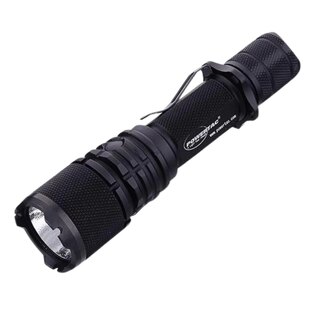
WML Package (Warrior G4‑FL Flashlight Offset Mount,Remote Pressure Switch) PowerTac®
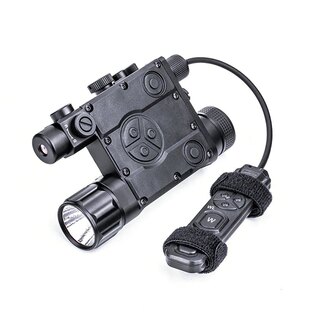
WL60 Green Aiming Laser Sight with White Light LED Illuminator NexTorch®
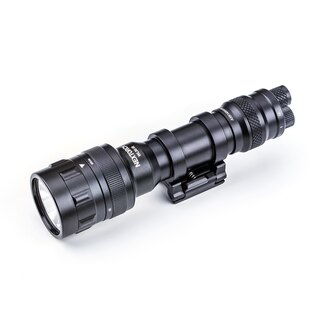
Gun light WL50IR Dual‑Light / 860 lm NexTorch®
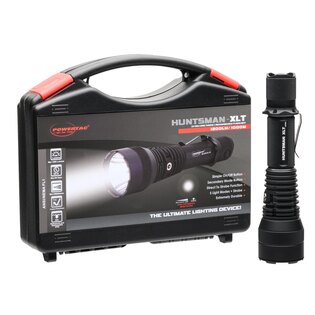
WML Package (Huntsman XLT Flashlight,Offset Mount,Remote Pressure Switch) PowerTac®
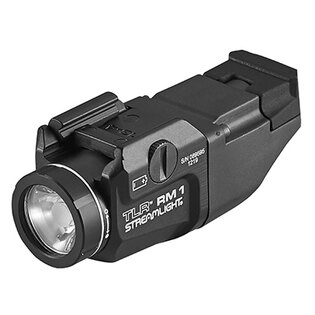
Weapon LED lamp TLR RM 1 Streamlight® with the push button switch only
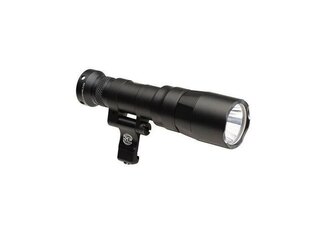


Surefire® M340DFT Scout Light Pro Turbo weapon flashlight
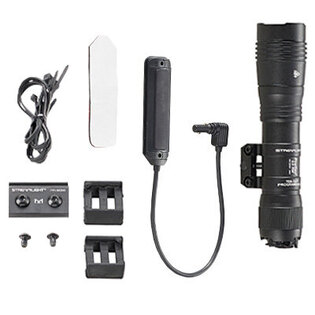
Streamlight® ProTac RAIL MOUNT 2.0 weapon LED flashlight
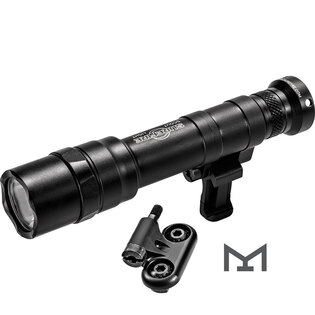


Surefire® M600DF Scout Light Pro weapon flashlight
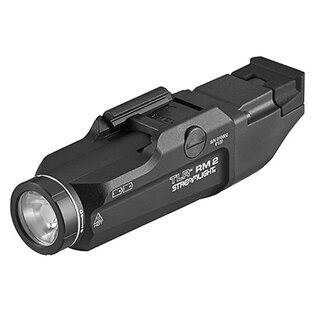
Weapon LED light TLR RM 2 Streamlight® with push button switch only
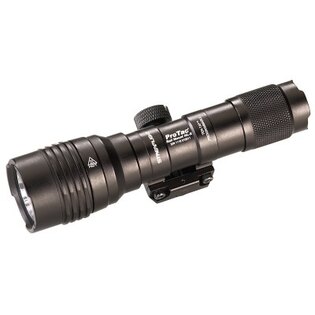
Weapon LED light ProTac RAIL MOUNT HL‑X Streamlight®
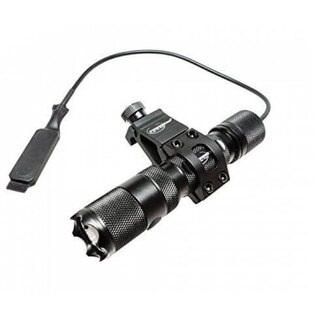
Weapon set (flashlight E9/Offset/remote switch) PowerTac®
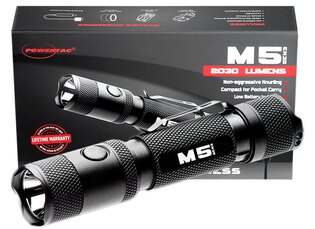
PowerTac® M5 Gen3 / 2,030 lm flashlight + M‑Lok
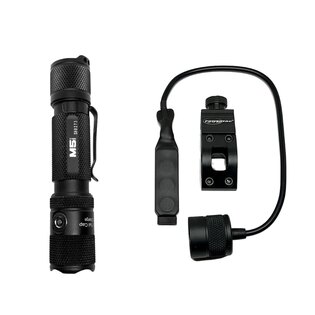
Tactical WML Package( M5 Flashlight,Mount,Remote Pressure Switch) PowerTac®
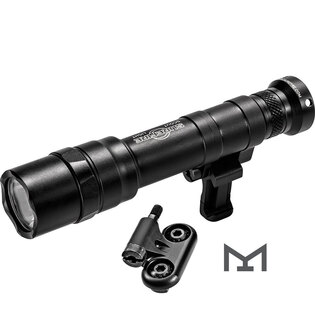


Surefire® M600DF Ultra Scout Light weapon flashlight


































































































































